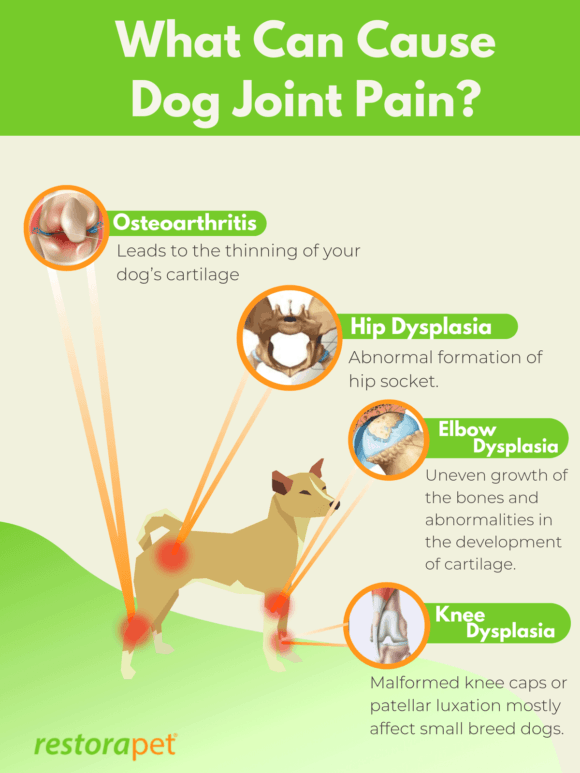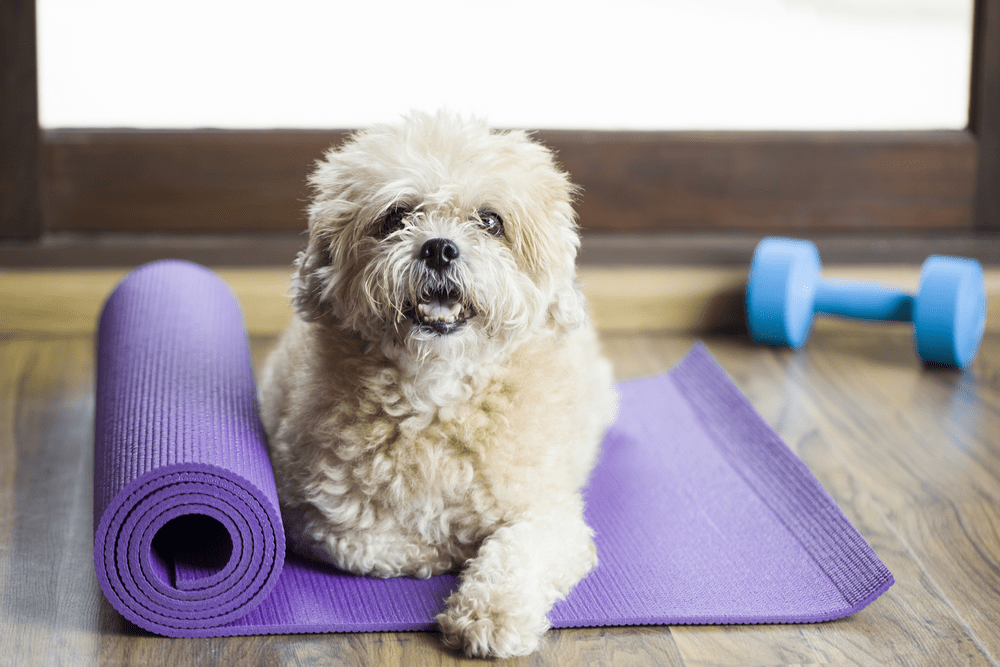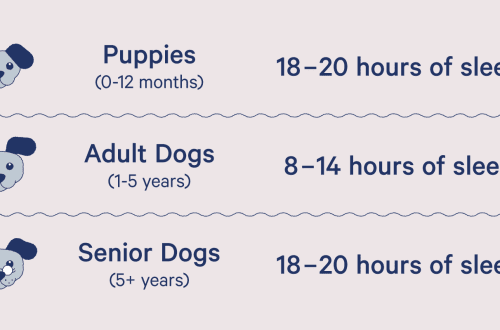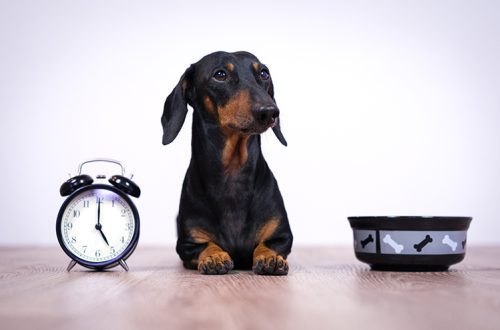
The dog’s joints hurt. What to do?

Large breed dogs and those that are obese are at increased risk. Joint diseases in young dogs are usually associated with trauma, congenital or genetic pathologies of joint development: for example, they can occur with hip or elbow dysplasia.
Main symptoms
In most cases, joint disease develops gradually, the first symptoms may be subtle and intermittent, so dog owners should pay special attention to this problem. Early diagnosis and timely initiation of treatment can usually successfully control the disease and maintain the pet’s quality of life for a longer time. Obvious symptoms and severe pain usually indicate a severe stage of the disease.
Unwillingness to move, general decrease in activity. For example, the dog starts to get tired faster and sleep more, he is not as actively happy as before, when the owner returns from work, runs less on a walk and stops playing earlier or refuses his favorite game altogether. You may notice that the dog has difficulty climbing stairs, does not jump into the car the first time, or lies more on the floor, although he always preferred the sofa before.
Irritability and aggressiveness. The dog may begin to respond to normal manipulations and actions in a different way, such as growling, “showing teeth” or expressing displeasure if the owner sits on the sofa and forces the dog to change position or jump to the floor. In addition, the dog may begin to avoid contact with children, although he always got along well with them before, or even suddenly show obvious aggression: for example, try to bite the owner when trying to put him in the bath.
Enhanced licking of a specific area usually triggered by pain and discomfort. Dogs may often lick the skin at the affected joint or nibble at the area, as if catching fleas.
Lameness may be severe or moderate, may occur after prolonged exertion or only in the morning, after sleep. In diseases of the joints of the spinal column, dragging of the hind legs, uncoordinated gait, or general stiffness during movement can be observed.
Amyotrophy arises due to the fact that the dog “protects” one or another joint due to pain and changes the distribution of body weight on the limbs. As a result, over time, the muscle mass or individual muscles of the affected limb will look smaller in volume compared to the opposite limb.
Diagnosis and treatment
For the diagnosis of joint diseases, general clinical and orthopedic examinations, X-ray examinations are necessary. In case of suspected infectious causes of arthritis, special tests for infection are required, in some cases a joint puncture or arthroscopy is performed.
Treatment depends on the cause, and can range from antibiotics for infectious arthritis to surgery (eg, for injuries). For successful control of the condition in degenerative joint diseases, anti-inflammatory therapy, pain control, weight control or weight loss are used, nutritional supplements and special feeds containing chondroprotectors are recommended. The ergonomic design of the environment and the selection of adequate physical activity, including physiotherapy or water treadmill training, are important.
The article is not a call to action!
For a more detailed study of the problem, we recommend contacting a specialist.
Ask the vet
December 12 2017
Updated: October 1, 2018





